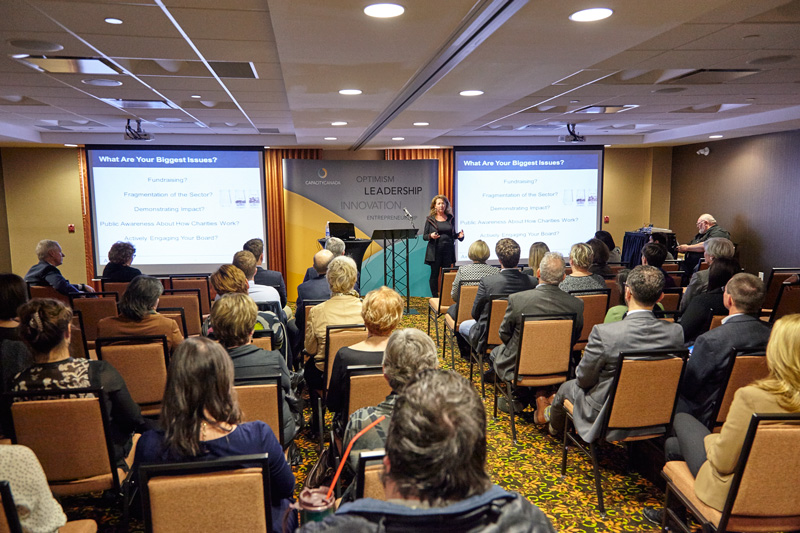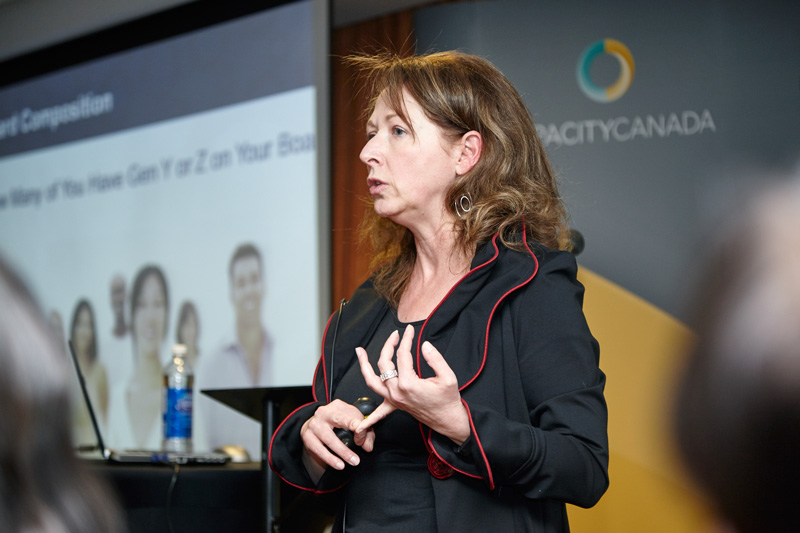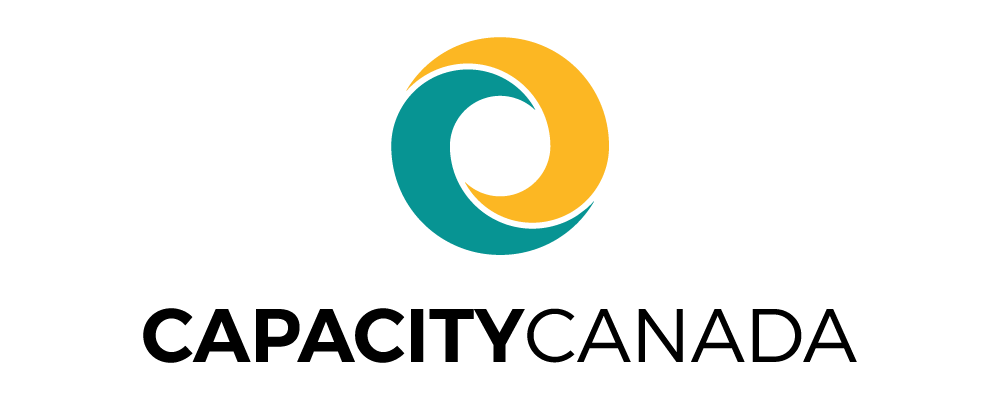
Stand up, non-profits and give yourselves a shake. Same old, same old, just doesn’t cut it anymore.
Take it from somebody who has participated on more than a few boards in both the charitable and for-profit sectors.
“All organizations, including non-profits, can benefit from constant innovation,” Carol Leaman said Thursday (Nov. 19) as Capacity Canada launched its seventh annual Manulife Board Governance Boot Camp in Waterloo, Ont. “You can apply many of the same principles (that drive) the for-profit sector in the non-profit sector.”
The 2015 boot camp has drawn leaders — executive directors and board chairs — from 17 organizations. They will spend Friday and Saturday understanding the different roles administrations and boards play, so they can make better decisions together.
Leaman is Chief Executive Officer of Axonify, a Waterloo firm that develops digital training models — including a governance app for Capacity Canada. Her current board commitments (there are several) include the new Waterloo Region Economic Development Corp. and Centre in the Square, a performance venue in downtown Kitchener.
She called on the charitable sector to spend less time pinching pennies, and more time exploring risks it might take to achieve better results. Failure, Leaman added, should be a welcome part of this new culture.
And she encouraged leaders in the room to start talking about winning, a word typically avoided in a sector that prides itself on collaboration rather than competition.

“At the end of the day,” Leaman said, “that mindset of innovation comes from wanting to be a winner.”
Winning can be a collective experience, she said. There is a win to be shared when groups with overlapping services get together to reduce redundancy.
For charitable non-profits inclined to change, Leaman offered some lessons learned from the for-profit sector:
• Don’t avoid discord. It contributes to creativity;
• Open up the input flow, so that ideas come not only from the board and senior administrators, but staff, volunteers and clients;
• Just do it, now. Ideas quickly lose momentum;
• Embrace failure. Charitable non-profits are often risk-averse because of the budget impact of failure. “It doesn’t mean you can’t take some risks,” Leaman said. “You’ll never move the organization forward if you don’t.”
• Always innovate. It’s how humans evolve.
Yesterday’s supporters have become today’s followers in the new world of social media, Leaman said. Charitable non-profits need to be “tech savvy,” engaging with people on social-media platforms such as Twitter and Instagram, she said. They should blog and make better use of their websites.
Organizations would do well to recruit young adults to their boards, Leaman said. These men and women will lead a “conversation that is about innovation: how to make something better; and not be afraid to try something, and fail.”

